What Makes Harrison Mills BC Different From Other Fraser Valley Communities

I've lived in the Fraser Valley long enough to know that Harrison Mills isn't like the other communities here—and honestly, that's exactly why I stayed. While neighbouring towns grow busier and more developed, this place remains stubbornly wild, where the Harrison and Fraser Rivers meet in a spectacular confluence that draws thousands of bald eagles each winter. It's the kind of spot where you'll find century-old heritage buildings standing quietly among protected farmland, where First Nations traditions still pulse through the landscape, and where you're just minutes from the renowned hot springs resort town that shares this valley's name.
Pristine Wilderness at the Confluence of Two Major Rivers
When you're standing where the Harrison and Fraser Rivers meet, you can feel why this spot has drawn people for generations. This river confluence creates something special—a meeting point where two distinct waterways merge against the backdrop of Mount Woodside's slopes.
What strikes me most about Harrison Mills is how the natural landscapes remain largely untouched. You've got Harrison Bay spreading out like a massive lake, fed by the Harrison River's impressive flows that can surge from 442 m³/s to nearly 2,000 m³/s during peak periods. The floodplain stretches wide and fertile beneath your feet, while mountains frame every view.
It's wilderness that feels accessible yet wild, where you can watch eagles fish while farmers tend their fields just downstream. And when you follow the Harrison River north for about 20 minutes, you'll discover why this waterway leads to one of BC's most beloved destinations.
Spectacular Wildlife Events Found Nowhere Else in the Valley
That untouched wilderness I mentioned? It's home to wildlife spectacles you won't find anywhere else in the Fraser Valley. From October to January, tens of thousands of bald eagles descend on Harrison Mills for the world's largest concentrated winter gathering. They're here for the salmon runs—millions of all five Pacific salmon species return to spawn in what's become Canada's first certified salmon stronghold.
I've watched prehistoric white sturgeon breach the surface like modern-day dinosaurs, while freshwater seals hunt alongside the eagles. These ancient fish, some measuring over ten feet long and weighing hundreds of pounds, have survived ice ages and industrial revolutions alike. You can witness them up close through professionally guided sturgeon fishing tours on the Fraser River—an unforgettable, catch-and-release experience that brings you face-to-face with living history.
The Season of the Wild festival celebrates these phenomena each winter, but honestly, you don't need an organized event. Step outside during spawning season and you're witnessing something extraordinary that simply doesn't happen elsewhere in our region.
Top Fraser River Sturgeon Fishing Tours Near Harrison Mills
| Tour Company | Description | Website |
|---|---|---|
| Fraser River Sturgeon Fishing | Specializing in fully guided catch-and-release sturgeon adventures from Harrison to Mission, with veteran local guides. | Visit Site |
| Silversides Fishing Adventures | Offering luxury sturgeon charters and year-round packages with experienced Fraser River experts. | Visit Site |
| River Monster Adventures | Family-friendly sturgeon fishing trips are ideal for first-timers and seasoned anglers alike. | Visit Site |
| Sturgeon Hunter | Highly rated for extreme-size sturgeon encounters and immersive river tours near Harrison Mills. | Visit Site |
Living History Through Preserved Early 1900s Heritage Sites
While eagles soar overhead during salmon season, down at the Kilby Historic Site, you're stepping directly into the 1900s world that shaped this community. I've watched countless visitors discover our provincial heritage site, where the original general store still operates much like it did when Harrison Mills was a bustling company town.
The heritage preservation here isn't just about keeping old buildings standing—it's about maintaining the soul of what made this place special. You'll find yourself chatting with costumed interpreters who demonstrate everything from blacksmithing to period farming techniques. The community engagement runs deep, with local families volunteering for events and school programs.
What strikes me most is how the Kilby site connects past and present, showing visitors exactly how our Fraser Valley ancestors lived, worked, and built lasting communities.
Deep-Rooted First Nations Cultural Connections and Traditional Territories
Before the Kilby Historic Site became our window into colonial history, this land held thousands of years of Indigenous stories and stewardship. I'm continually struck by how the Sts'ailes and Scowlitz peoples' presence shapes everything here—from the Harrison River's flow to the mysterious Scowlitz Mounds that rise like ancient sentinels near Harrison Bay.
What makes this place truly different is how Indigenous sovereignty remains visible and essential. The Sts'ailes gave us the word "sasquatch"—*sesqac* in their Halqemeylem dialect—and it's not just folklore but sacred culture. Their cultural stewardship spans millennia on these unceded territories.
You'll find this isn't tokenism or tourist marketing. It's a living connection. When I walk these shores, I'm reminded that every salmon run, every ancient cedar, every story carries forward through generations who never left.
Rural Agricultural Character in an Increasingly Urban Region
As Metro Vancouver's sprawl creeps eastward through the Fraser Valley, Harrison Mills stands like a deliberate pause—a community that chose farms over subdivisions. You'll find over 2,300 hectares of field crops stretching across the landscape, protected by the Agricultural Land Reserve designation that covers less than 5% of BC's total land area. While neighbouring communities transform into bedroom suburbs, Harrison Mills maintains its agricultural sustainability through active livestock farming and managed pastures along the fertile Fraser River floodplain.
This isn't accidental preservation—it's intentional community identity. The Agricultural Land Commission actively manages development applications here, ensuring farmland stays farmland. You'll see rustic homes scattered among working fields rather than cookie-cutter developments. It's a place where farming isn't just heritage—it's Tuesday morning, and it shapes everything from local customs to the view from your kitchen window.
Unique Outdoor Adventure Opportunities Beyond Typical Valley Activities
The farmland gives way to some of the most distinctive outdoor adventures you'll find in the Fraser Valley—and I'm not talking about your typical weekend hiking trails or crowded lake beaches. Harrison Mills sits where serious wilderness begins, offering experiences you simply can't find elsewhere in the valley.
The water sports here go far beyond what most valley communities offer:
- Harrison Lake adventures - From windsurfing and parasailing to kayaking routes stretching to Harrison Hot Springs through untouched waters
- Specialized fishing - Guided salmon, trout, steelhead, and sturgeon trips on the Fraser River with local outfitters
- Winter mountain access - Sasquatch Mountain provides family-friendly skiing, snowboarding, and snowshoeing right in your backyard
This isn't recreational tourism—it's genuine wilderness access.
Gateway to Harrison Hot Springs: Best of Both Worlds
Here's what makes Harrison Mills truly unique in the Fraser Valley—you get the peace of rural living while being just 20 minutes from Harrison Hot Springs, one of BC's premier resort destinations. It's a combination you won't find anywhere else: pristine farmland and eagle-watching on your doorstep, with world-class amenities a short drive away.
The connection between these two communities runs deeper than geography. The Harrison River that flows through our mills feeds Harrison Lake, creating a natural corridor between rural tranquility and resort-town vibrancy. I've watched countless residents embrace this lifestyle—quiet weekday mornings watching eagles from their property, then weekend strolls along the Harrison Hot Springs waterfront or soaks in the mineral pools.
What Harrison Hot Springs Offers Harrison Mills Residents
| Amenity | Description | Drive Time |
|---|---|---|
| Hot Springs & Spa | Natural mineral hot springs, public pool, and luxury spa facilities | 20 minutes |
| Dining & Shopping | Waterfront restaurants, boutique shops, and artisan galleries | 20 minutes |
| Harrison Lake Access | Sandy beaches, boat launches, and water recreation | 20 minutes |
| Community Services | Medical clinics, schools, grocery stores, and essential services | 20 minutes |
| Year-Round Events | Sand sculpture competition, festivals, and cultural celebrations | 20 minutes |
This proximity creates something special for property buyers. You can own acreage in Harrison Mills at a fraction of the cost of lakefront property, while still enjoying regular access to resort amenities. Many residents describe it as having a private wilderness retreat with a resort town as your neighbourhood amenity—the best of both worlds without compromise.
Smaller Population Creating a More Secluded Valley Experience
While other Fraser Valley communities have swelled with development and traffic, Harrison Mills has remained invigoratingly small—just 589 residents as of the 2021 census. This creates something you won't find in Chilliwack or Abbotsford: genuine seclusion within the valley.
| Aspect | Harrison Mills | Larger Valley Towns |
|---|---|---|
| Population Density | Sparse, lots of breathing room | Dense, crowded subdivisions |
| Community Engagement | Close-knit – everyone knows each other | More anonymous, less personal |
| Local Traditions | Strongly preserved, rooted in heritage | Often commercialized or diluted |
I've watched how this size shapes daily life here. There's no rush-hour chaos, no strip malls dominating the landscape. Instead, you'll find wildlife wandering through town and hiking trails that aren't packed with crowds. The small scale means local traditions stay authentic—community gatherings feel genuine rather than orchestrated. It's the Fraser Valley as it used to be, with the convenience of Harrison Hot Springs' amenities just minutes away.
Active Conservation Efforts Protecting Critical Ecosystems
Harrison Mills' small population isn't just preserving a peaceful way of life—it's also creating space for some of the most ambitious conservation work in the Fraser Valley. With fewer development pressures and community support, major land conservation projects are actually happening here.
I've watched The Nature Trust of British Columbia work to protect critical wildlife habitat, including that massive fundraising effort to save 36.3 acres of 250-year-old coastal forest. It's remarkable seeing these ancient ecosystems preserved so close to Metro Vancouver.
The conservation wins here are impressive:
- Lhá:lt/Harrison-Chehalis Wildlife Management Area - over 1,033 hectares protecting salmon, eagles, and endangered white sturgeon
- Old-growth forest protection - preventing timber harvesting of irreplaceable habitat
- Endangered species sanctuary - supporting Great Blue Herons, Western Painted Turtles, and spotted owls
This isn't just environmental activism—it's preserving what makes this place special.
Final Thoughts: Your Harrison Valley Lifestyle Awaits
I've lived here long enough to know that Harrison Mills isn't just another Fraser Valley town. The eagles returning each winter, the morning mist over the river confluence, conversations with neighbours who've farmed the same land for generations, and the quick drive to Harrison Hot Springs for dinner or a spa day—it all creates something you won't find elsewhere. Sure, we're quieter and more remote, but that's exactly what makes this place special. It's authentically rural in ways that matter, with resort-town convenience when you want it.
Whether you're drawn to Harrison Mills' wilderness character or Harrison Hot Springs' lakefront lifestyle—or both—this corner of the Fraser Valley offers something genuinely unique. The Harrison River connects these communities, creating opportunities for a lifestyle that balances seclusion with accessibility.
Discover Your Harrison Valley Lifestyle
Whether you're drawn to the rural tranquility of Harrison Mills or the resort-town vibrancy of Harrison Hot Springs, this unique corner of the Fraser Valley offers something special. Harrison Mills provides authentic countryside living with protected farmland, abundant wildlife, and spectacular natural settings—all just 20 minutes from Harrison Hot Springs' lakefront amenities, hot springs, and vibrant community.
Ready to explore properties in the Harrison area? Browse the latest Harrison Hot Springs listings below, or contact us about Harrison Mills properties to find your perfect Harrison Valley home.
Latest Properties for Sale in Harrison Hot Springs
Categories
- All Blogs (72)
- About Abbotsford (21)
- About Harrison Hot Springs (1)
- About Harrison Mills (4)
- About Langley (1)
- About Surrey (3)
- About White Rock (3)
- Building Home Equity (9)
- City Guides (10)
- City Statistics (13)
- Community Events (1)
- Listing Spotlights (4)
- Mortgages & Refinancing (1)
- Recreation (1)
- Small Business Spotlight (1)
- When Buying (27)
- When Relocating (6)
- When Selling (6)
Recent Posts
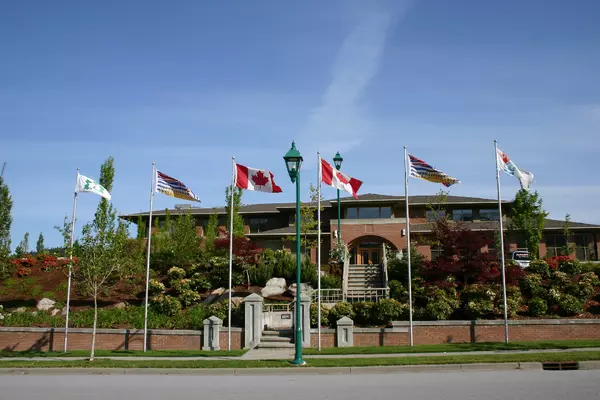
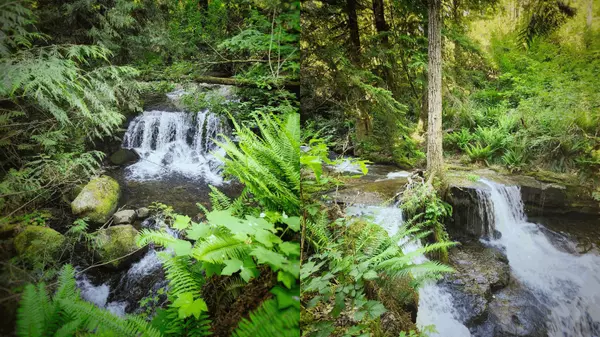
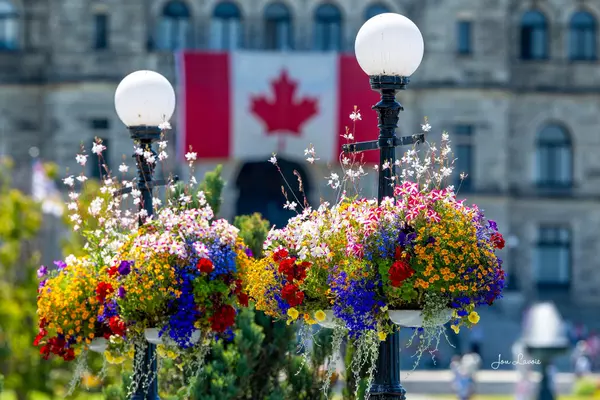
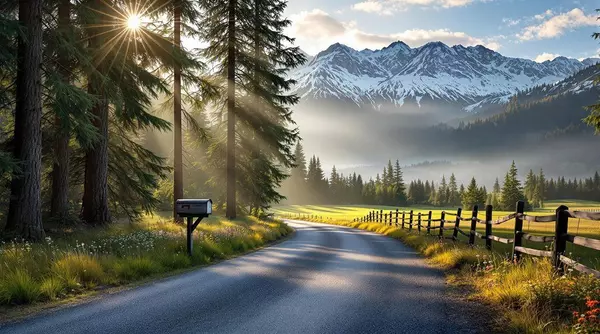
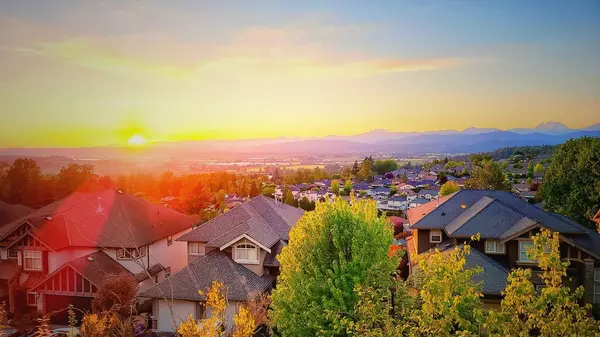


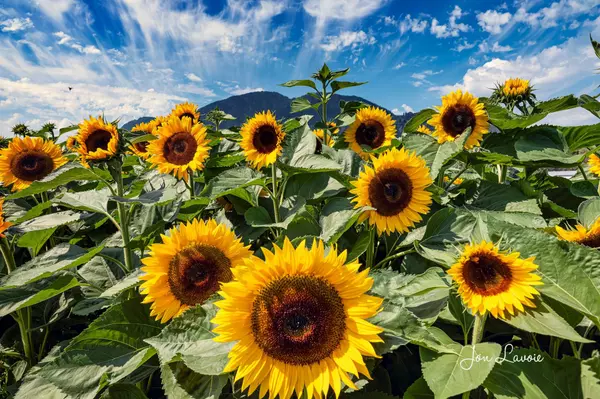


GET MORE INFORMATION

Katie Van Nes
Fraser Valley Real Estate Expert | License ID: 153237
Fraser Valley Real Estate Expert License ID: 153237

